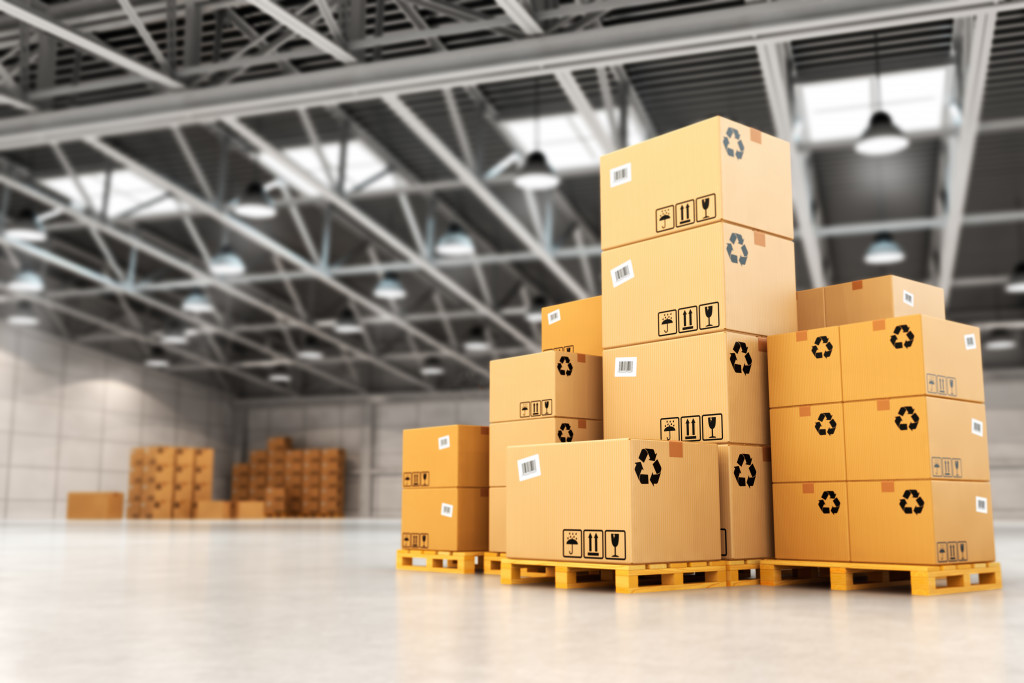In this day and age, big box retailers are feeling the pressure to keep up with the ever-changing retail landscape. To stay afloat, they need to find ways to save time and streamline their processes. There are a few key ways they can do this: by automating their inventory management, using data analytics to make better decisions, and investing in technologies that will make their operations more efficient. Here are six tips on how big box retailers can save time:
1. Use Excavators for Moving Goods
When most people think of excavators, they think of construction sites and large-scale landscaping projects. However, excavators can also be a valuable tool for big box retailers. The most significant benefit of using an excavator is that it saves time.
In the past, retailers would have to use forklifts or other heavy machinery to move goods from one location to another. This was both time-consuming and labor-intensive. However, the use ofefficient mini excavatorscan move goods much more quickly. These small-sized excavators can also be used to load trucks and trailers. As a result, they are becoming an increasingly popular option for retailers looking to save time and improve efficiency.
2. Automate Your Inventory Management
Inventory management is one of the most time-consuming tasks for big box retailers. It can be challenging to track all the products in and out of your store. This is why it’s essential to automate your inventory management system.
Several software programs can help you automate your inventory management. These programs can track your inventory levels, reorder products when they run low, and even generate reports that can help you make better decisions about your stock.
3. Invest in Technology
Big box retailers have long been considered leaders in embracing new technology. From self-checkout lanes to in-store mapping apps, these companies have consistently found ways to use technology to improve the customer experience and increase efficiency. In recent years, this trend has continued, with big box retailers investing in various cutting-edge technologies.

Among the most popular are automatic inventory management systems, which use sensors to track stock levels in real-time and automatically reorder items when necessary. This eliminates manual inventory checks, saving significant time and labor. Big box retailers have also begun using robotics to handle shelf stocking and product delivery tasks. These autonomous machines can work around the clock, allowing employees to focus on more customer-facing duties.
4. Use SelfService Kiosks
Self-service kiosksare becoming increasingly popular with big box retailers. Using kiosks, retailers can provide customers with a faster and more efficient shopping experience. Kiosks can be used to check the merchandise, return items, and even make payments. In addition, kiosks can be used to provide information about products and services. By using self-service kiosks, retailers can save time and money while providing a better shopping experience for customers.
5. Install Barcodes Throughout Your Store
Barcodes are standard in retail stores, but their use is not limited to pricing items. Barcodes can also track inventory, streamline checkout, and prevent theft. For big box retailers, the benefits of barcoding are clear. By installing barcodes throughout the store, retailers can save time and improve efficiency. When used for inventory management, barcodes can help retailers keep track of stock levels and quickly identify when items need to be replenished.
Barcodes can also be used at checkout, allowing customers to scan their items and pay without needing a cashier. In addition, barcodes can help prevent theft by allowing retailers to track when items are removed from the shelves. Overall, barcodes offer a variety of benefits for big box retailers. By taking advantage of this technology, retailers can improve their bottom line. Arcs provide an array of benefits for big box retailers.
6. Use RFID Tags to Track Inventory Levels
One way they have been able to do this is by usingRFID tagsto track inventory levels. RFID tags are affixed to products and emit a radio signal that a special reader can read. This allows retailers to quickly and easily check inventory levels without having to count each item physically.
As a result, RFID tags have helped big box retailers save time and improve their inventory management. In addition, RFID tags are also tamper-proof, which helps to prevent theft and fraud. As RFID tags become more widespread, more businesses will likely adopt this technology to improve their efficiency and bottom line.
Overall, big box retailers always look for ways to improve efficiency and save time. By investing in new technologies, such as self-service kiosks, barcodes, and RFID tags, retailers can streamline their operations and provide a better shopping experience for customers. In addition, these technologies can also help to prevent theft and fraud.
